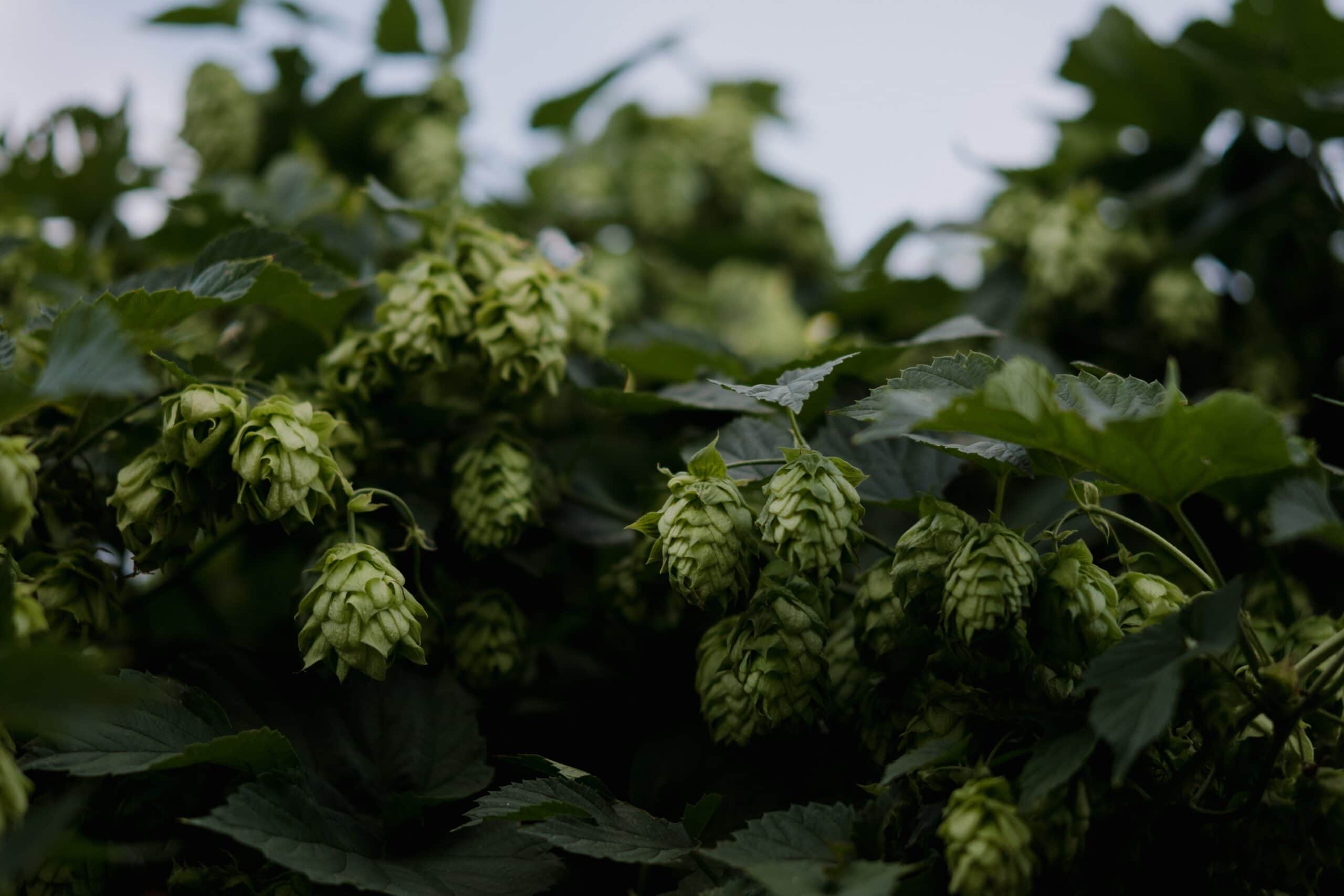Hazelnuts to Hops: The Cash Crops Driving Oregon’s Agricultural Economy
by
Todd Longgood
|
Farming


Oregon is a special place in the Pacific Northwest, known for its farm-fresh products. The land is rich and ideal for growing many different crops. If you drive through the state, you will see beautiful green valleys and open areas where the sun shines brightly. Here, farmers grow an abundance of various commodities that help strengthen Oregon’s economy.
Crops like hazelnuts, hops, and wine grapes are not just popular locally but also bring in money for the state. These farms are a large part of what makes Oregon unique, as they help support many families and businesses. When we talk about what drives Oregon’s economy, we can’t forget the hard-working farmers and the valuable crops they produce.
